Perfume Dwarf Coconut
₹4,999
Experience the exotic allure of the Perfume Dwarf Coconut, a captivating variety renowned for its compact size and delightful fragrance. This enchanting palm offers a touch of the tropics to any garden, patio, or even indoor space. With its lush green foliage and the promise of fragrant coconuts, the Perfume Dwarf Coconut is a truly unique addition to any plant collection.
44 people are viewing this product right now
🔥 8 items sold in last 3 hours
Sold Out!
This product is currently unavailable
Experience the exotic allure of the Perfume Dwarf Coconut, a captivating variety renowned for its compact size and delightful fragrance. This enchanting palm offers a touch of the tropics to any garden, patio, or even indoor space. With its lush green foliage and the promise of fragrant coconuts, the Perfume Dwarf Coconut is a truly unique addition to any plant collection.
Key Features & Benefits
- Dwarf Size: Ideal for limited spaces, making it perfect for patios, balconies, and small gardens.
- Fragrant Coconuts: Produces aromatic coconuts with a distinct sweet fragrance, adding a unique sensory experience.
- Easy to Grow: Relatively low-maintenance and suitable for both experienced and novice gardeners.
- Attractive Foliage: Features lush, feathery green leaves that add a touch of tropical elegance to any landscape.
- Unique Conversation Starter: A captivating conversation piece that will surely impress your guests.
Plant Care Guide
Ideal Plantation Locations
The Perfume Dwarf Coconut thrives in warm, tropical, and subtropical climates. It prefers well-drained, sandy-loam soil with good moisture retention. It can tolerate some salt spray, making it suitable for coastal gardens.
Planting & Gardening Instructions
- Location: Choose a sunny location with at least 6 hours of direct sunlight per day.
- Soil Preparation: Amend the soil with well-rotted organic matter like compost to improve drainage and fertility.
- Planting: Plant the coconut in a well-prepared hole, ensuring proper depth and support.
- Spacing: Allow ample space for the palm to grow, considering its mature size.
Watering
Water the young plant regularly, especially during dry periods. Reduce watering frequency as the palm matures, but ensure the soil remains consistently moist.
Fertilizers
Fertilize the Perfume Dwarf Coconut with a balanced slow-release fertilizer during the growing season. Apply additional applications of a diluted liquid fertilizer during periods of active growth.
Repotting Instructions
Re-pot young palms annually into larger containers to accommodate their growing root systems. Use well-draining potting mix. For mature palms, re-potting may not be necessary unless root-bound.
Fruiting Season
Fruiting typically begins 3-5 years after planting. The fruiting season may vary depending on the specific cultivar and climatic conditions.
Usage Ideas
- Ornamental Plant: A striking addition to any garden, patio, or indoor space.
- Container Gardening: Perfect for growing in decorative pots on balconies and patios.
- Landscaping: Use as a focal point in tropical-themed landscapes.
- Gifting: A unique and thoughtful gift for gardening enthusiasts.
Care Tips
- Pest Control: Monitor for common pests like scale insects and mealybugs. Treat promptly with appropriate insecticides.
- Pruning: Remove any dead or damaged leaves to maintain the plant’s health and appearance.
- Mulching: Apply a layer of organic mulch around the base of the palm to conserve moisture and suppress weeds.
Only logged in customers who have purchased this product may leave a review.
Related products
Designed, Developed & Maintained by Growww.
Copyright © 2024 Ashok Chakra Nursery


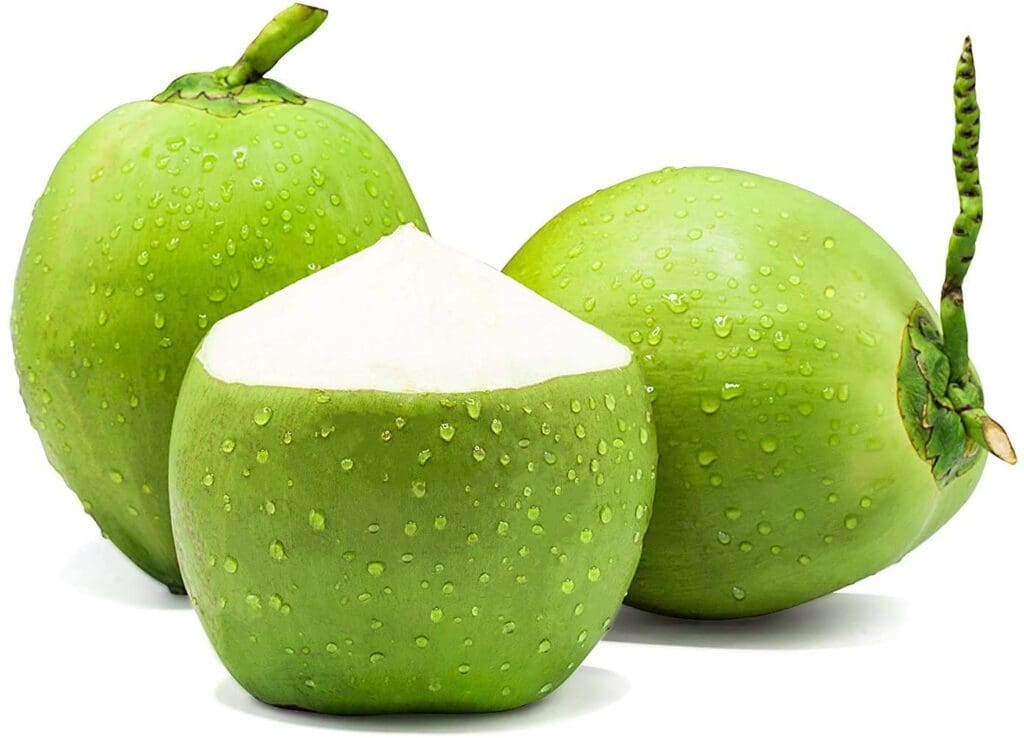
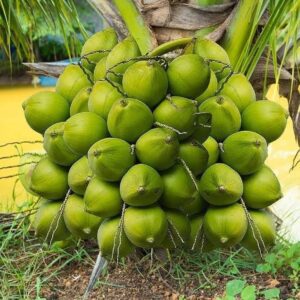
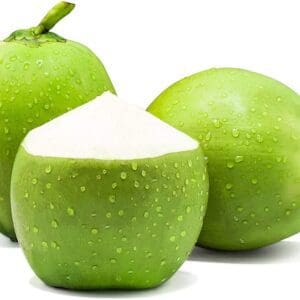
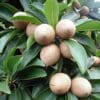
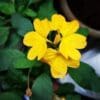
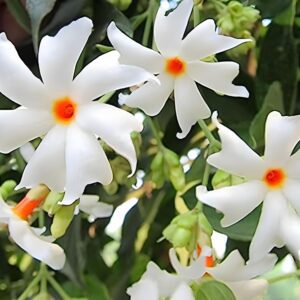
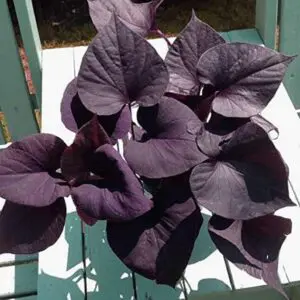
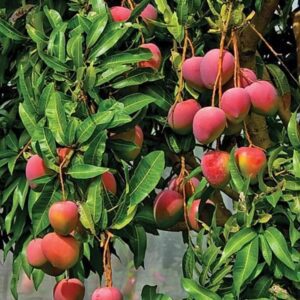
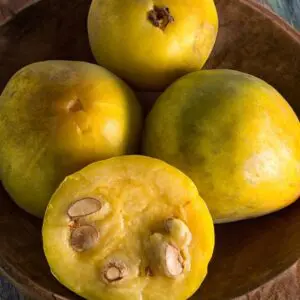
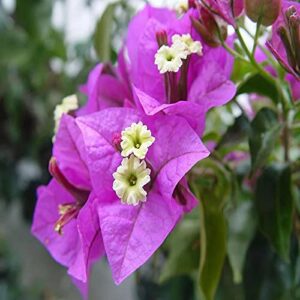
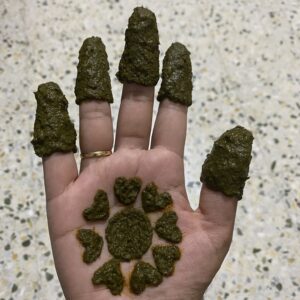
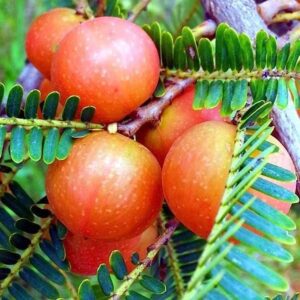
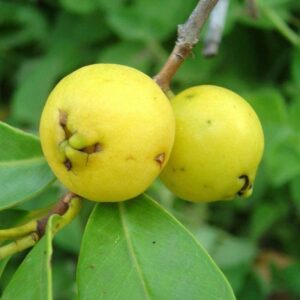
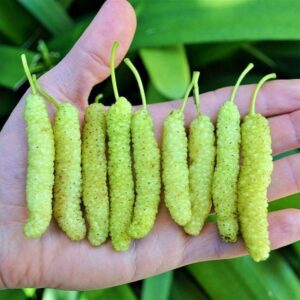
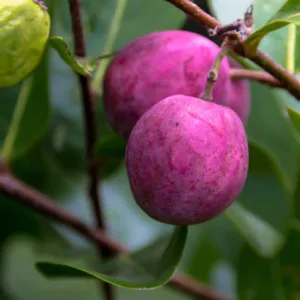
Reviews
There are no reviews yet.